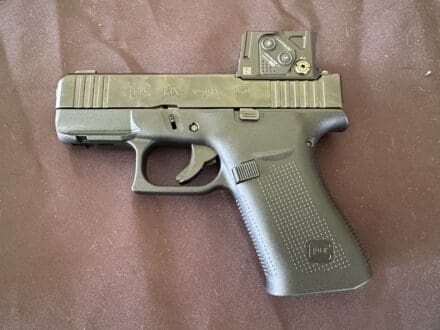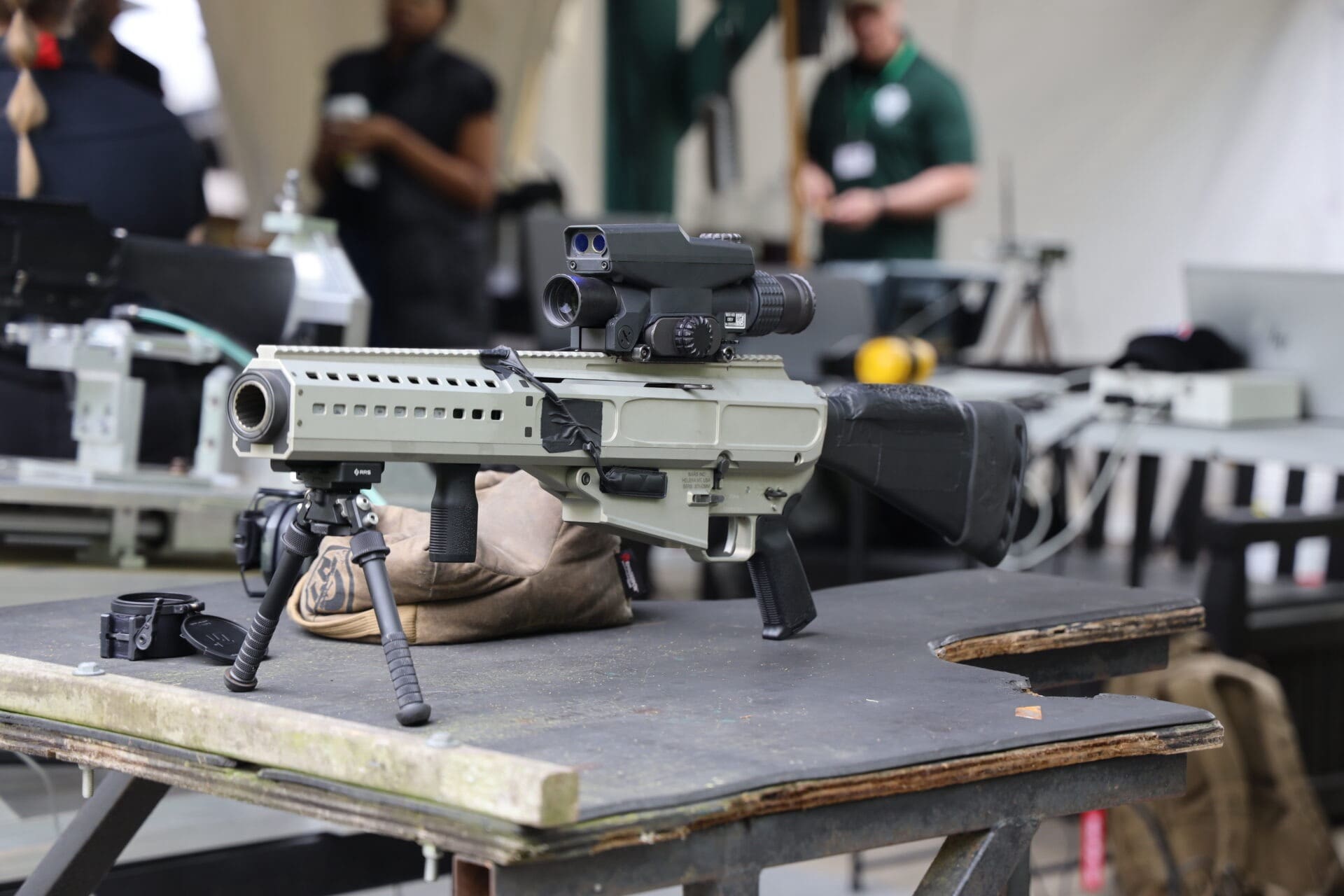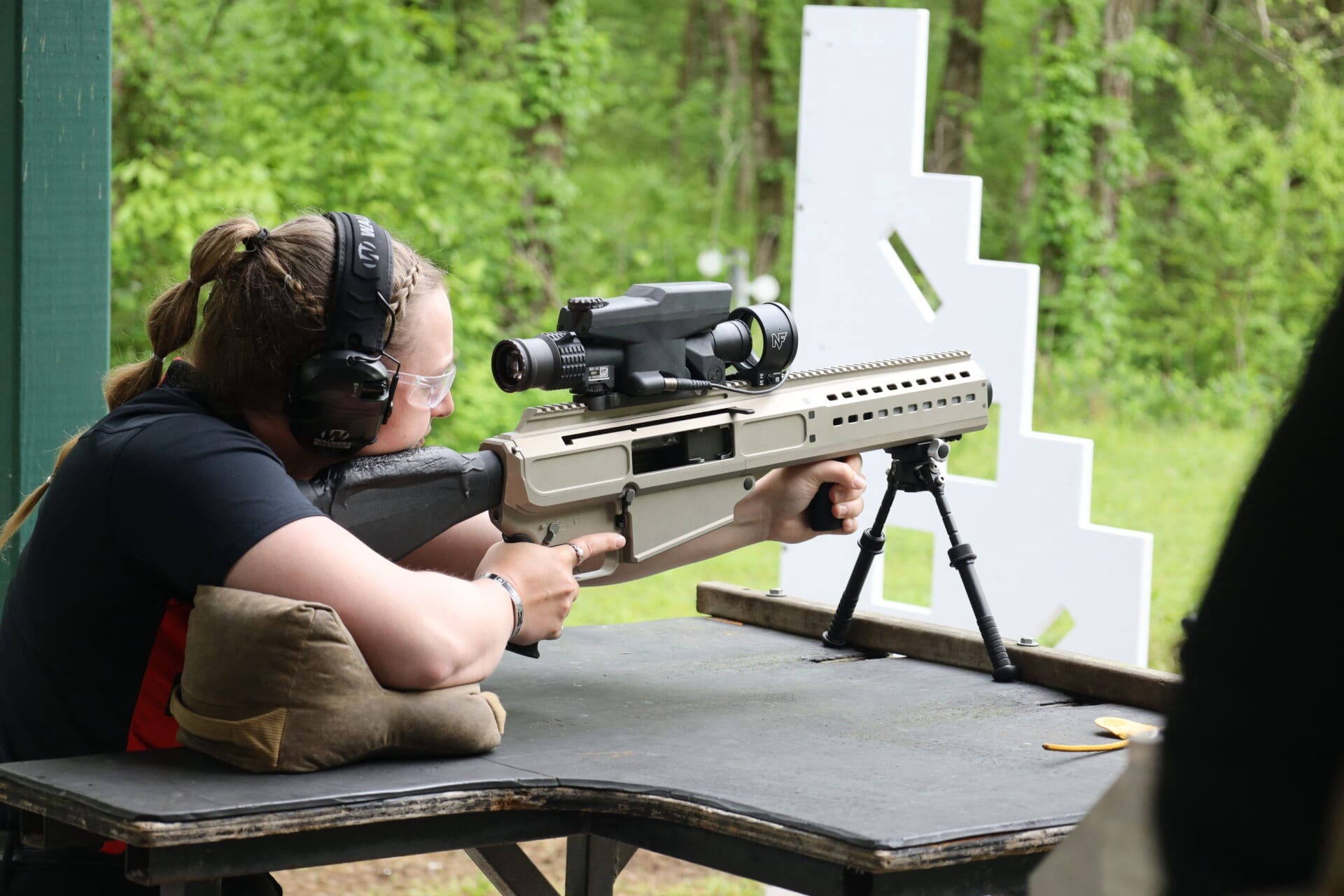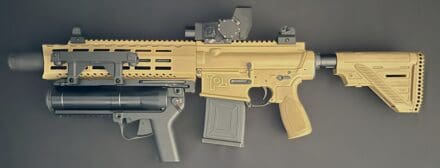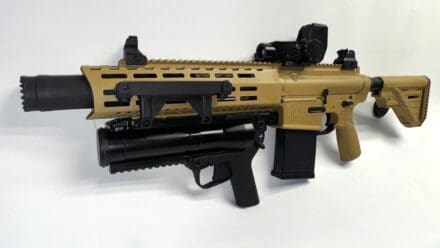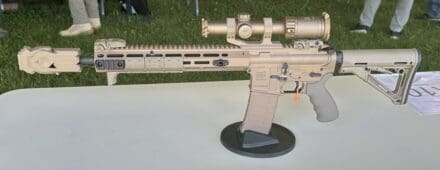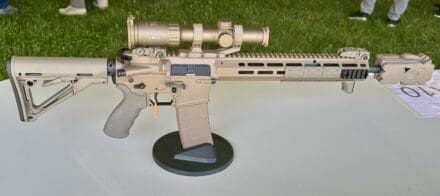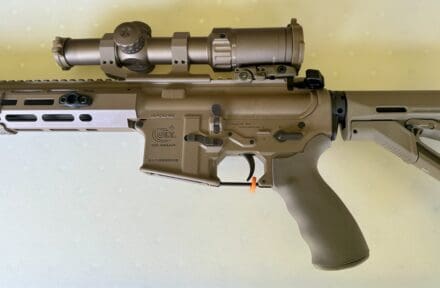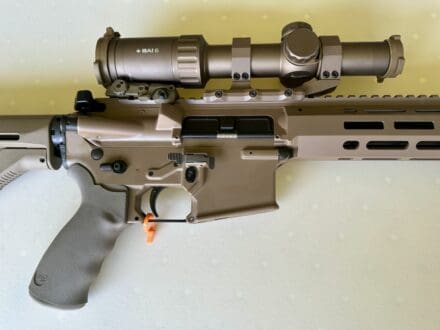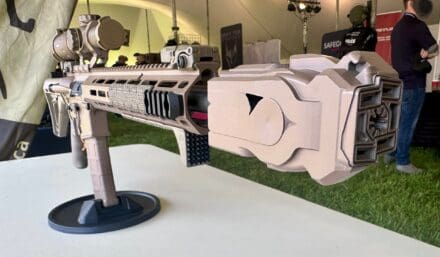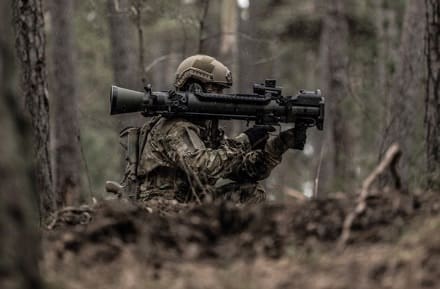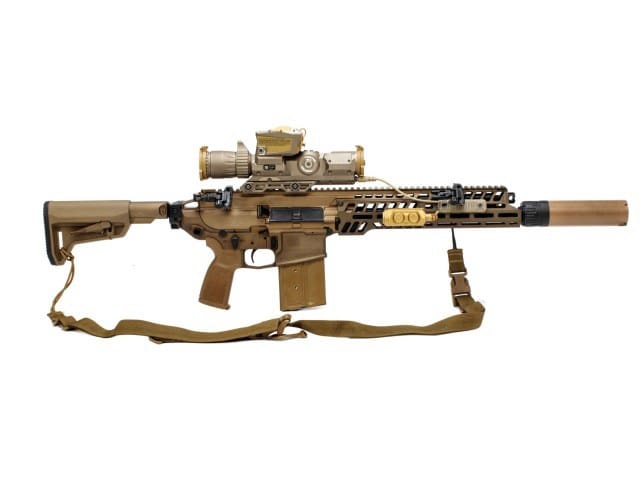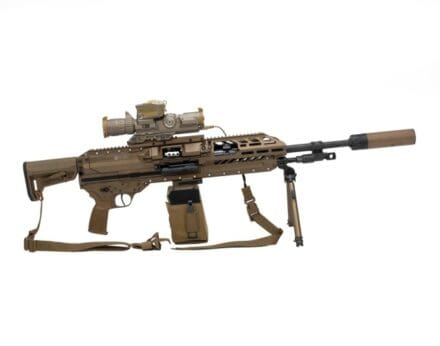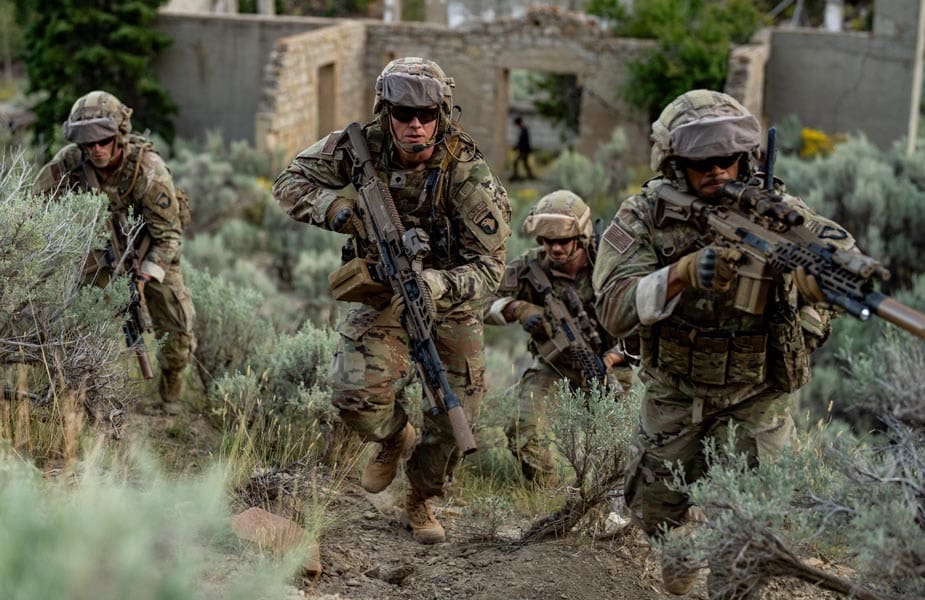Back in April a reader posted a link to this 2023 USMC incident report regarding a negligent discharge of an M18 Modular Handgun System pistol by a foreign national gate guard on Okinawa, to the comments section of SSD. I read it and wondered why I hadn’t heard about it. Current hysteria over the P320 aside, Modular Handgun System pistols are equipped with a manual safety. If one did indeed discharge all by itself while “safe and secure in the holster”, as alleged in this indecent report, there are significant concerns over the safety of our service members regarding the over 400,000 pistols in service.
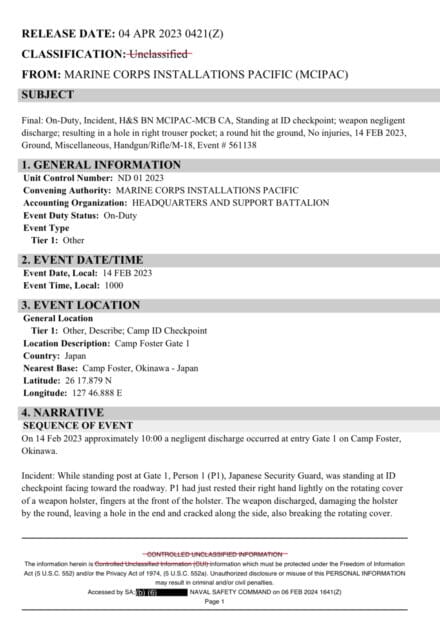
You can download the report here.
As you can imagine, the report began to circulate as confirmation bias that the M18 pistol which is based on SIG SAUER’s popular P320, is doing this or that. Unfortunately, getting to the bottom of the issue takes awhile, particularly with a vigorous travel schedule and when going back and forth with the government. Despite this, I dug in.
Considering the pistol has a manual safety and was in a holster and claims that nothing impacting the trigger, something seemed off. I asked around about the report and heard that there was more to the story and it would be best if I made a formal inquiry. Consequently, I approached the DoD Program office for MHS, Product Manager Soldier Weapons (PdM SW), which is subordinate to Project Manager Soldier Lethality at Picatinny Arsenal. They stepped right up and looked into the issue as they weren’t familiar with the mishap despite the conclusion of the incident report which was to “recommend that an engineering review of the M18 be conducted.”
I asked for a statement from PdM SW but they informed me that, as the incident had occurred in the Marine Corps, I should pursue further inquiries with Marine Corps Installation Command Pacific. I sent them an email inquiry and finally heard back after this story was published. They offered a simple statement, standing by the report.
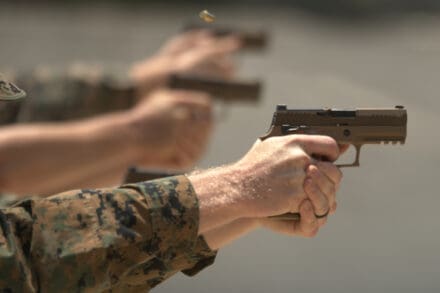
Next, I went to Marine Corps Systems Command. Their PAO interfaced with the command and offered this statement based on my initial inquiry regarding the incident report.
The incident was appropriately reported to the Naval Safety Command, which is where the provided pdf of the incident report was sourced from in response to a FOIA request. All factual information was released in accordance with FOIA. Deliberative portions of the safety investigations are subject to executive privilege, and they will not be released to any person or entity, except within the Department of Defense, for mishap and loss prevention purposes.
I had obviously asked the wrong command, the wrong question. They didn’t investigate it. Since my main concern was whether the weapon was safe for use, that’s what I ended up asking.
Late last week, the Marine Corps Systems Command Public Affairs Office provided this statement on behalf of the command:
The M18 was rigorously tested to DoD standards before being selected for use by our Marines, and we have not seen any evidence that indicates design or manufacturing issues are present. In addition to the initial testing, each lot of weapons produced for the U.S. Government is subject to extensive lot acceptance testing with oversight by the Defense Contract Management Agency and the Service from which the order was placed (Army/Marine Corps).
The Marine Corps has full confidence in the quality, performance, and safety of the M18 handgun. The MHS is designed, built, and tested to military standards to ensure safe and effective employment during training and combat.
At least one other website reported this incident and only used the incident report as the basis of their post. They never bothered to contact the military. While we may never know what actually happened in this instance, the reality is that the Marine Corps (and Army) stand behind the safety of the MHS program. Here we are, over two years later and the pistols remain in service.
That is the ultimate concern, that service members can maintain faith and confidence in their equipment, particularly those items that they must depend their lives on, such as PPE and weapons. It was my goal to determine whether or not this was the case and the Army and Marine Corps have asserted their position that MHS is safe.
– By Eric Graves
